The Impact of Climate on Fragrance Choices in Sri Lanka
Sri Lanka, an island nation located in the Indian Ocean, is renowned for its rich biodiversity and varied climatic zones, which range from the hot and humid coastal areas to the cooler climes of the central highlands. This diversity in weather conditions plays a significant role in shaping the preferences and practices surrounding the use of fragrances among its population. Understanding how climate influences fragrance choices in Sri Lanka not only offers insights into consumer behavior but also reflects broader cultural and environmental interactions.
Climate Zones and Their Influence
1. Coastal and Lowland Regions: The majority of Sri Lanka’s population resides in the coastal and lowland regions where the climate is typically tropical with high humidity and temperatures averaging around 27°C. In such climates, the preference leans towards lighter, fresher scents. Heavy fragrances can become overwhelming and cloying due to the heat and moisture in the air. Citrus-based scents, aquatics, and fresh floral fragrances are popular as they provide a sense of freshness and cleanliness. Ingredients like lemon, bergamot, orange blossom, and green tea are prevalent in the perfumes favored by residents in these areas.
2. Central Highlands: The central highlands of Sri Lanka, including areas like Nuwara Eliya and Kandy, experience a significantly cooler climate with temperatures often dropping below 15°C. The cooler weather allows for the enjoyment of richer, more opulent fragrances without the risk of them becoming overpowering. Spicy, woody, and oriental scents are more common in these regions. Notes such as sandalwood, jasmine, cinnamon, and vanilla are embraced, providing warmth and comfort against the cooler backdrop. These scents are also reflective of the spices that are grown in these areas, showcasing a direct link between local agriculture and fragrance preferences.
Seasonal Variations and Festive Influences
Sri Lanka’s primary seasons are the monsoon periods and the inter-monsoon periods. During the monsoons, the high humidity levels influence locals to opt for light and refreshing scents. Conversely, in the drier months, there is a tendency to choose slightly heavier fragrances that can last longer and are not easily dissipated by sweat and moisture.
Festivals and cultural celebrations also see a variation in fragrance choices. For instance, during the Sinhala and Tamil New Year, floral and citrus scents are preferred as they signify freshness and new beginnings. During religious festivals like Vesak (a Buddhist festival) or Diwali (celebrated by Hindus), the use of traditional oils and incense with rich, deep scents such as sandalwood and frankincense highlights the spiritual and cultural significance of fragrances.
Impact of Climate on Fragrance Longevity and Performance
The performance of a fragrance, defined by its longevity and sillage (the degree to which a perfume’s fragrance lingers in the air), is significantly affected by the local climate. In hotter and more humid conditions, the evaporation rate of the perfume’s top notes is faster, which can alter the perceived aroma of the fragrance. This is why perfumes used in Sri Lanka’s tropical climate often have a stronger base note composition to ensure that the scent remains detectable throughout the day.
Consumer Preferences and Market Trends
The understanding of how climate affects fragrance choice has significant implications for the perfume industry in Sri Lanka. There is a growing market for ‘summer editions’ of popular fragrances, which are specifically formulated to be lighter and more suitable for hot weather. Additionally, there is an increasing interest in natural and organic fragrances, driven by the abundance of local ingredients and a growing awareness of health and sustainability issues among consumers.

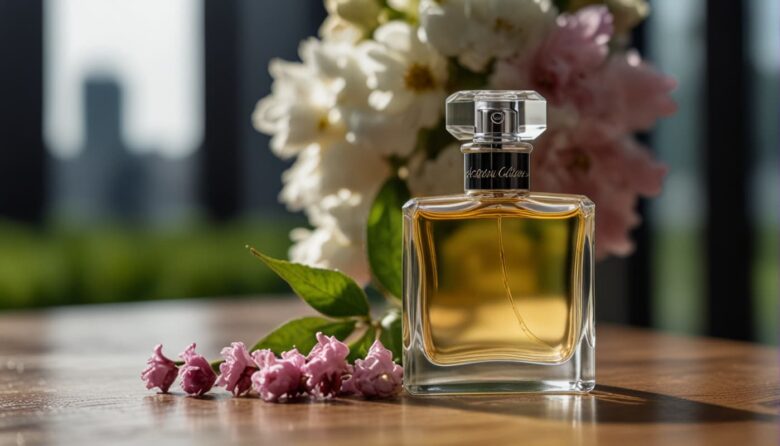
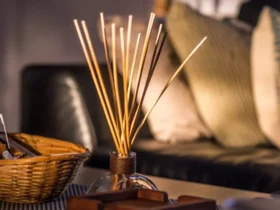
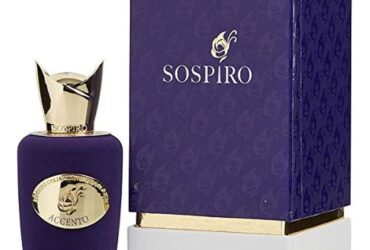



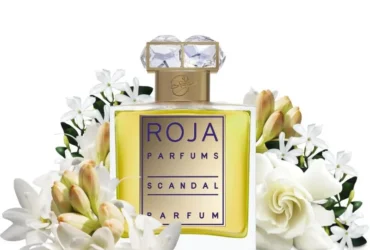
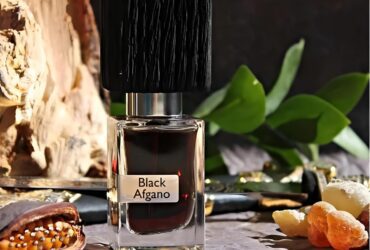

Leave a Reply